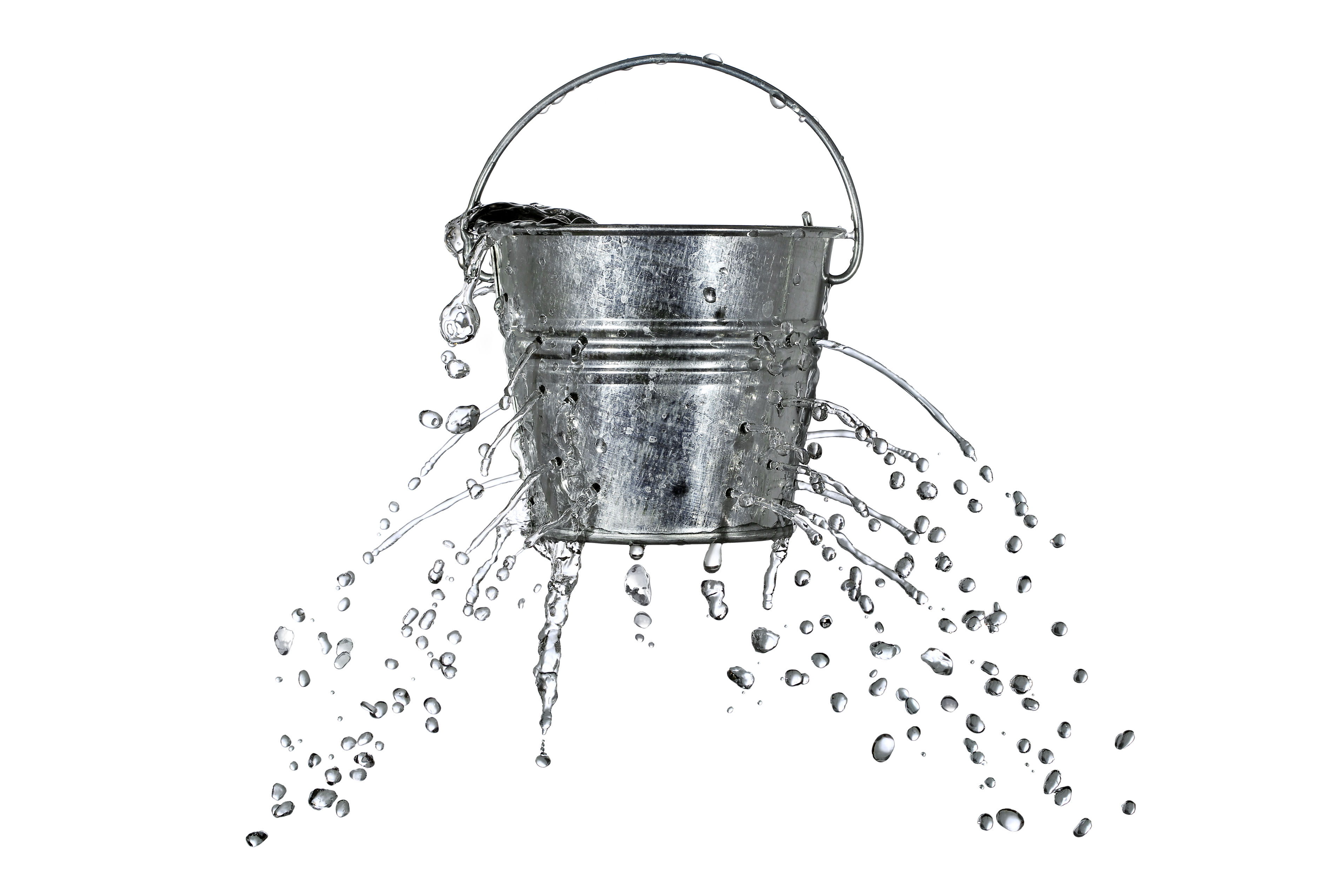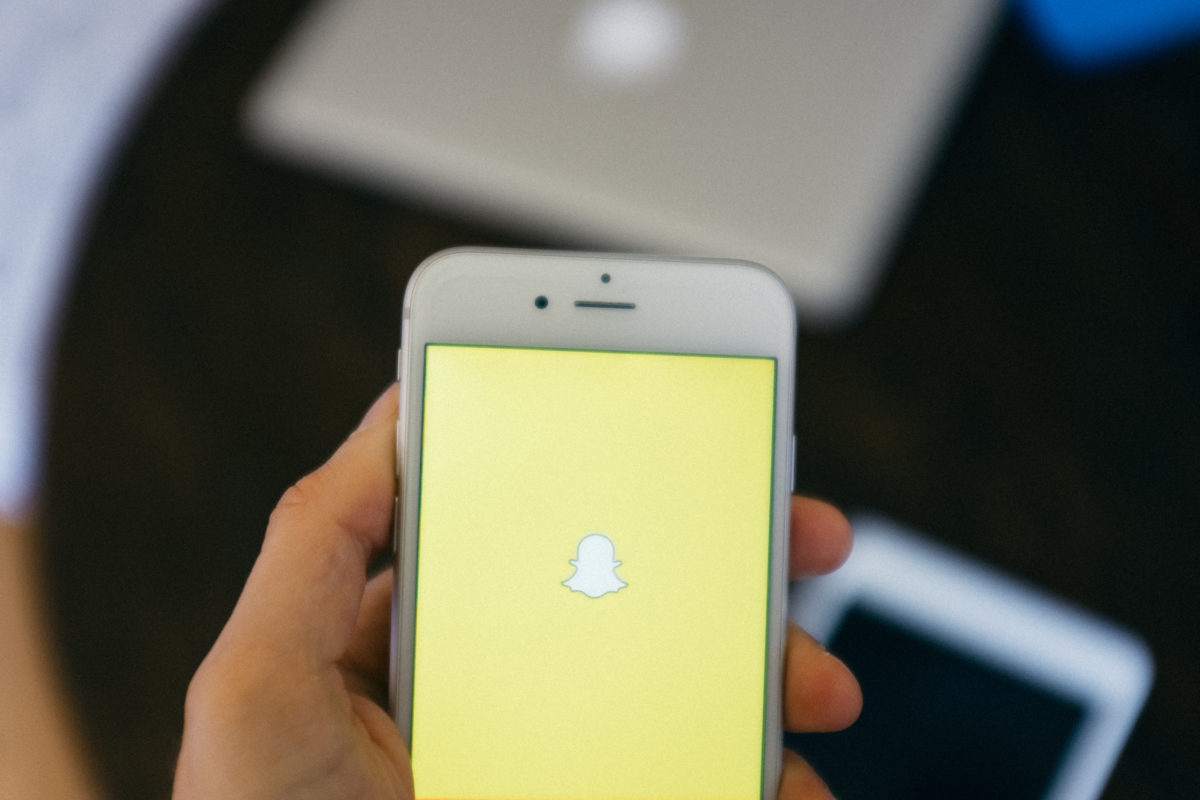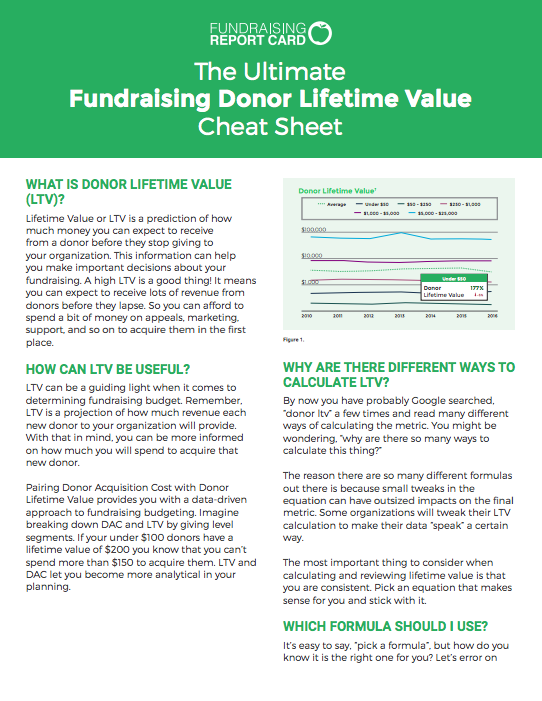“If you want millennials to donate to your organization you need exceptional design. Design is no longer a differentiator – it’s a cost of entry”
I couldn’t help but grin as I sat in on the Donors of Tomorrow: Effective Ways to Engage Young Audiences session at the 2017 Nonprofit Technology Conference.
I’ll admit it, I went into the session a little jaded — I’ve simply heard one too many “you need to do twitter better to get millennials to donate” presentations and I imaged this one would be the same. (Side note: Twitter isn’t the missing piece in your millennial engagement puzzle).
I was jaded, I was skeptical, and I was wrong.
Rachel Clemens, Chief Marketing Officer at Trademark Media, and Ashley Wilson, the VP of Marketing and Communications at The LIVESTRONG Foundation did an impressive job covering the fundamentals of how to engage with millennials and convert them into donors. Kudos to both of them.
If you’re interested, you can reference the slides from the presentation here. Folks in the room even created a “collaborative notes” document worth looking at as well. Both are great resources.
Rachel and Ashley fit a great amount of information into an hour and a half, but they failed to discuss one overarching theme that most presenters I’ve seen tackle this subject overlook as well. The financial justification for allocating time, resources and most importantly money towards acquiring millennial donors.
It’s sexy to discuss strategies, tactics and best practices for grabbing your fair share of millennial donors, but does it really matter?
Millennial donor lifetime value
We discuss donor lifetime value here on the Fundraising Report Card® blog a lot, and with good reason. Lifetime value (covered in great depth within part 4 of the Data Driven Fundraiser Guide) is a projection of future revenues based off of three key inputs:
- Donor lifespan
- Donation frequency
- Average donation amount
Multiply the three numbers and you have your LTV.
LTV = Lifespan × Average donation amount × Frequency of donation
To create a compelling financial argument for acquiring millennial donors you’ll need to measure (or estimate) this metric. Which begs the question, how much donation revenue came from your millennial donors last year?
Let’s walk through a simple example to justify the case for calculating LTV.
Let’s say your organization received contributions from 10 millennial donors last year. Those 10 donors each made $100 donations for a total $1,000 in funds raised. Compared to your fundraising as a whole, those 10 donors and $1,000 in contributions are trivial. If your organization raised $500,000 last year then the donations you received from your millennial donor segment would have accounted for .02% of your total fundraising.
That’s not much.
But, and this is a big but, what if you were able to retain all of your millennial donors for the next decade? What type of impact would that have on your overall fundraising? Let’s assume their giving amount stayed constant…
Each of your 10 millennial donors would ultimately make $1,000 in contributions to your organization, for a grand total of $10,000 in donation revenues. This still, in the grand scheme of things, is not much relative to your fundraising as a whole.
Where this exercise becomes compelling is when we address the reality that not all millennial donors will be retained, and not all millennial donors will give at constant amounts. Some will lapse, some will downgrade, some will upgrade, and some will even leave your organization in their will (planned giving for millennials, you heard it hear first).
If your millennial donors are retained, their lifetime value has the potential to be mind boggling – tens of thousands of dollars. (Can you imagine the lifetime value of a millennial donor who donates their million dollar home when they pass away?) It’s important to comprehend that millennial donors have the greatest financial potential of any donor segment in your file. Their lifespan with your organization has the most room to grow, and as donor lifespan increases, donor lifetime value will as well.
This is where the financial justification for allocating resources towards millennials makes sense.
Long term thinking
Things get tricky when you consider retention though. Millennial donors are notoriously difficult to keep around. Rachel and Ashley, from the Donors of Tomorrow: Effective Ways to Engage Young Audiences session both discussed offering leadership opportunities to millennials as a way to keep them engaged with your organization. That’s a novel idea, but not all that scalable (how many leadership positions can you give to 20 year olds?)

The average attention span of someone in this segment is 8.5 seconds. AKA, it’s foolish to think that you’ll be able to retain and develop relationships with all of your younger donors.
If retention falls so will lifetime value — millennial donors are a double edged sword.
There are two other considerations here to keep in mind: time and money.
You don’t have a lot of time, and millennials (generally) don’t have that much money (right now).
If you’re struggling to get your annual appeal letter out the door then you probably don’t have the time to create a strategic plan to acquire, and most importantly retain millennial donors. On the other end of the spectrum, if you do have the time to engage millennial donors, are you sure you should prioritize them above planned giving prospects or major donors?
Remember, a millennial will most likely make a small contribution to your organization at first, yet as we discussed above acquiring a millennial donor is a long-term strategy, you’re hoping to retain them and increase their lifetime value.
Which begs the question, does your organization need dollars today or dollars in a decade?
Depending on your answer to that question you’ll most likely conclude that millennials simply aren’t worth it.
At your shop
Millennials are young, they’re hip, but they aren’t all that valuable (financially I mean, of course they’re valuable in other ways). They prefer to volunteer and donate their time instead of money. It’s my recommendation that you take them up on that. Don’t look to folks my age for dollars today, but rather dollars in a decade and plan accordingly.
Millennials will require long-term stewardship, and although Rachel and Ashley did a great job addressing key trends in acquiring millennial donors they missed the mark on justifying the expense.
As of right now there are planned gifts to be won, major donors to be cultivated and mid-level donors that deserve to be retained. Millennials will have their time in the sun, but dollars today are better than dollars in a few decades , let’s keep our eye on the ball.






Love seeing this data-based approach to acquisition and retention. With regard to Millennials, I would add one more thing into the mix: Millennials can be expected to move away. They’re starting new careers, beginning families and therefore less “settled” than older demographics. If you’re a local charity especially, you’ll wind up cultivating these folks to become donors at similar charities in other cities and states down the line. Not a bad thing in the grand scheme of things, but maybe not a boost to your own LTV.
Looking forward to going through this in greater detail, but for now I just want to add that it’s bizarre how little I hear about appealing to Gen Xers. (Bias alert: Yes, I’m one of them.) So many people comment on Boomers and Millennials and skip right over people who are really important to cultivate right now. I know we’re smaller in numbers, but not so small that we don’t matter!
That’s a great point! Millennials and Boomers are “hot” topics, but Gen Xers deserve the same attention. Thanks for reminding us all!
Zach, love this insight and thanks for the shout-out. I get where you’re coming from, but don’t forget that Millennials expect great technology, good design and plenty of recognition – just like other generations. When you update your communications to better communicate with young audiences, you also better connect with older generations.
Rachel, thanks for reading this, and thanks again for the awesome session at NTC! You’re 100% right, every generation of donor could benefit from intuitive design and improved recognition. My hope with this post was to highlight the financial gain that can be experienced when focusing that attention on major or planned giving prospects.
Nonetheless, you’re right, if your organization has good design, good “user” experience, and good donor recognition you’ll have a recipe for fundraising success.
One aspect that is missed is millennial retention for academic institutions. I agree it doesn’t make sense for most animal rescue, arts, or “feed-the-hungry” nonprofits, but a nonprofit college usually sees its best donors from its middle-aged and elderly alumni. In this case, maintaining that relationship just makes sense, so you avoid chasing them down at a later age and making cold asks, and retention is easier to maintain due to an existing relationship.
Welp. This article was written in 2018 and the author is still thinking of millennials as a monolithic entity that apparently doesn’t age. 20 years old? The oldest of this generation will soon enter their 40s, have careers, have children, and have interests. If you’re writing off an entire generation of people because you are incapable of imagining them as college age kids who use Snapchat all day, I’ll bet the data shows a 100% correlation with them directing their philanthropic revenue elsewhere.